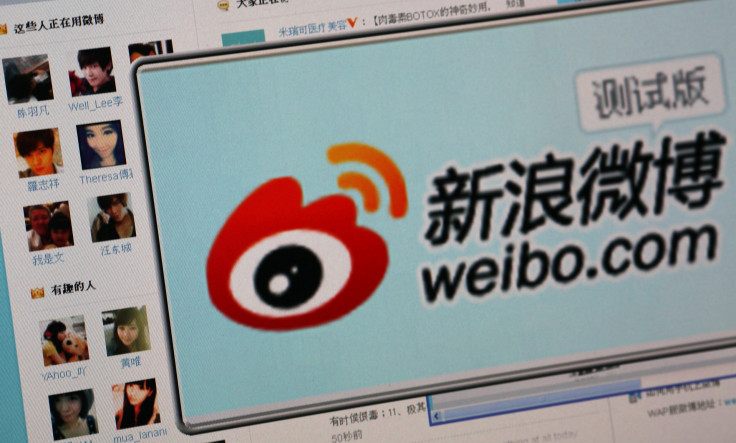Weibo vs. WeChat: Sina Weibo Announces Self-Censorship To Prevent Promotion Of Competitor

The battle for users in China’s increasingly lucrative social media sector continues as microblog website Weibo and messaging service WeChat go head to head. Reports say that Sina Weibo is purging promotional posts about WeChat from all microblog profiles.
According to Chinese news site TechWeb, Weibo said it would not hesitate to censor or even block Weibo accounts that promote or publicize public WeChat accounts. Public WeChat accounts include those that belong to companies or news organizations, which provide feeds that other WeChat users can follow. The report says Weibo accounts currently promoting these accounts had until Wednesday at noon local time to delete posts and avoid punishment.
Tech-news blog TechInAsia writes that any type of promotion, from directly posting links, promotional background images or QR codes, could be considered a violation. Sina also says it encourages users who see accounts that breach the new policy to report them.
It’s unclear what the repercussions of additional censorship on Weibo will be received by users, but Weibo’s willingness to self-censor has been mentioned in the past as a reason users have left the social media platform.
Though the two services are quite different, they are frequently compared because of their massive popularity in China’s relatively new social-media environment within the country’s increasingly Internet-savvy population, with nearly 618 million people now online, according to China's state-run Internet Network Information Center.
Though Weibo was first on the scene, launching in 2009, data from early this year by the Institute for Data Science and Engineering of East China Normal University, commissioned by the Telegraph, found that Weibo saw a steep decline in user activity in 2013. At the same time, WeChat was in the middle of its big user boom. Reports by the Economist from January of this year found that the text messaging app had more than 270 million active users and was quickly growing.
© Copyright IBTimes 2024. All rights reserved.





















